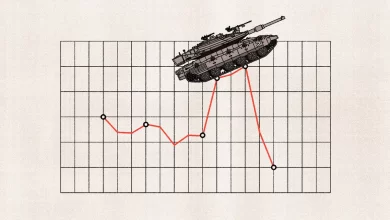Does India have enough insurance coverage for a nuclear disaster?
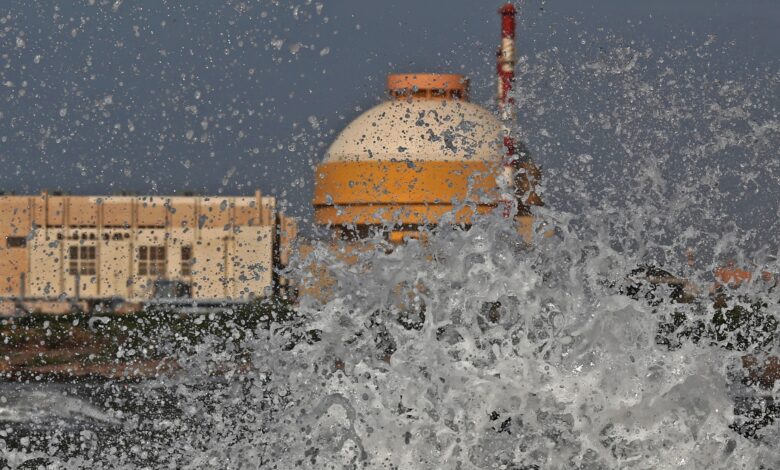
India has barely half the insurance amount it needs in the event of a nuclear disaster, raising concerns among experts about the lack of oversight on the nuclear sector.
The India Nuclear Insurance Pool (INIP) has collected around 7 billion to 8 billion rupees ($84.5m to $96.6m) of the 15 billion rupees ($182.9m) required under the Civil Liability for Nuclear Damage Act, 2010 (CLND), indicating a critical shortfall in funds that will be needed to compensate victims and pay for cleanup in case of a nuclear disaster.
The funds disclosure was made at the nuclear insurance session of the India Nuclear Business Platform in December where the speakers included representatives of Nuclear Power Corporation of India Limited (NPCIL), which operates the country’s nuclear reactors, and leading insurance companies including New India Assurance and GIC Re.
The INIP was set up in 2015 under the CLND legislation. Under that law, operators and suppliers of nuclear power plants are liable in case of an accident, and both must obtain insurance through the INIP.
At the time, India’s Department of Atomic Energy in its frequently asked questions (FAQs) on the CLND Act stated that GIC Re and four other public sector insurers would collectively contribute half of the total required amount of 15 billion rupees ($182.9m), with the government filling in the balance for the first few years “till the insurance companies are able to maintain it on their own”.
“The fact that the nuclear insurance pool has not even met what is required by law is concerning — it shows that the Parliament is not overseeing how the nuclear sector is operating,” said MV Ramana, professor at the School of Public Policy and Global Affairs, University of British Columbia and author of The Power of Promise: Examining Nuclear Energy in India. “My greater concern is the approach of NPCIL and other parties involved, which seem to think of liability requirements as a box to check off, rather than something they need to prudently plan for.”
“They seem to be victims of the same ‘safety myth’ that was at the root of the inadequate preparations for nuclear accidents revealed in the aftermath of the multiple reactor accidents at the Fukushima Daiichi nuclear plant in Japan [in March 2011],” Ramana said.
India currently has 22 reactors, all of which are operated by the NPCIL. The INIP provides insurance to all of them. Apart from this, it has 10 reactors that are at various stages of construction (one of which has been connected to the grid) and New Delhi has sanctioned another 10 — all of which are expected to start functioning by 2031. But how these plants will be insured is unknown.
Nuclear pools
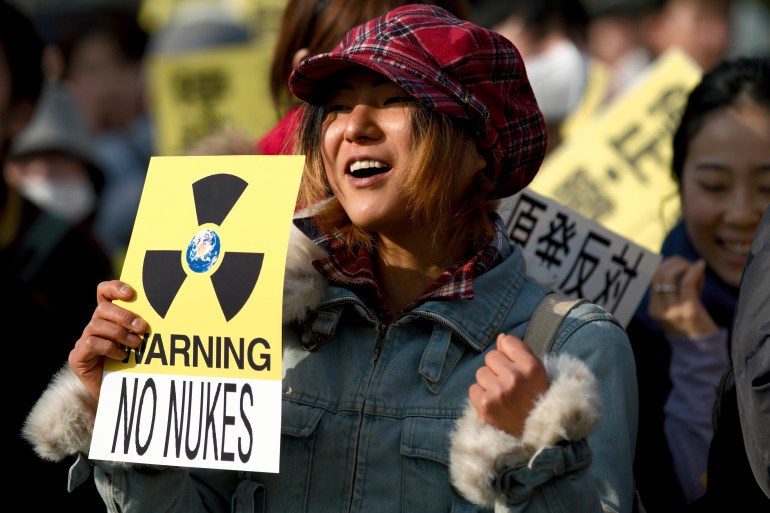
Nuclear pools were first set up in the 1950s in the United States by insurance companies to deal with potential accidents at civilian nuclear reactors. A number of insurers come together to jointly underwrite civil nuclear risks since a nuclear accident has catastrophic potential with enormous costs – beyond the capacity of individual risk insurers to take on.
The INIP, which is made up of India’s national re-insurance company GIC Re in association with 11 domestic non-life insurance companies, is managed GIC Re. Of the amount raised, public sector insurance companies have so far contributed 86 percent, with private insurance companies bringing in the rest. GIC Re’s contribution is the largest, with 6 billion rupees ($73m).
The other public sector insurance companies in the pool are New India Insurance, United India Insurance, Oriental Insurance and National Insurance Co Ltd. The private sector companies include ICICI Lombard General Insurance, Reliance General Insurance, Tata AIG General Insurance, IFFCO-Tokio General Insurance, Cholamandalam General Insurance, SBI General Insurance and Universal Sompo General Insurance.
The problem of Indian insurance companies’ inability to pay for nuclear liability insurance has been brewing since at least 2014, when they signalled their inability to raise more than 7.5 billion rupees ($91.4m), or half the amount required. Under international norms, whenever an insurance company creates an insurance pool in a new area of business, it cannot set apart more than three percent of its net worth and ask the government to make up for the shortfall. Since 2014, however, experts point to a lack of re-insurance for nuclear risk liability as one of the likely reasons for companies failing to pay their full share.
“The insurance companies might have paid their share if the reinsurance market had supported them,” said Shreyas Jayasimha, co-founder of Banglaore-based Aarna Law. “Just as individuals seek insurance for their risks, insurance companies too require to cover their risks.”
Inadequate cover
There is also concern about whether the insurance cover of 15 billion rupees ($182.9m) is enough to insure all of NPCIL’s 22 reactors annually.
“If there is a nuclear incident where the annual limit of 15 billion rupees of the policy issued under INIP is partially or completely utilised, the other nuclear installations would be without full or any cover for that year,” said Pallavi Bedi, partner at Phoenix Legal and a specialist in energy projects.
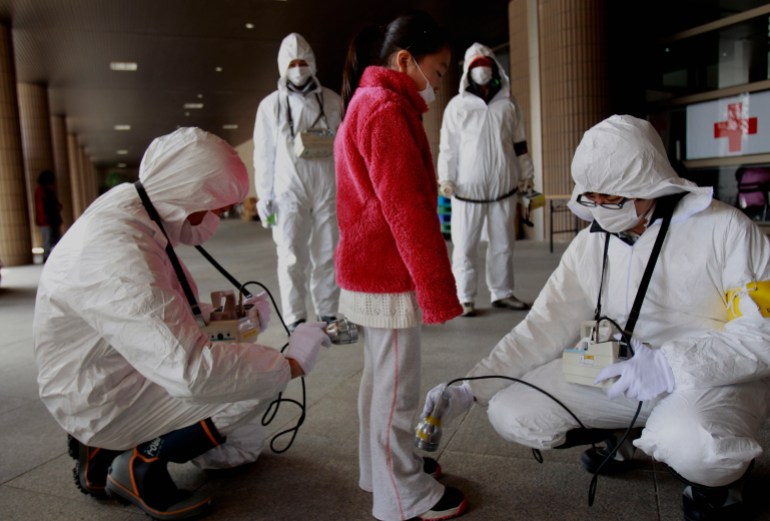
The Indian nuclear pool’s genesis can be traced to a 2008 agreement between India and the US for civilian nuclear cooperation. Under the agreement, India was allowed to start importing nuclear technology and materials and enabled the entry of private firms into the Indian civilian nuclear market.
But India lacked a regime that assigned legal liability in the event of a nuclear accident. The CLND Act 2010 was brought in to resolve that, amidst much debate and wrangling in the Indian Parliament. The question of whether suppliers should be held liable emerged as a serious point of contention, with critics in India accusing the government of providing a shield to US firms in an effort to get them on board as suppliers, at the expense of Indian citizens.
Fukushima, Chernobyl and Bhopal
While the insurance industry refers to nuclear incidents as the “rarest of rare”, the last major nuclear disasters were in 1986, when there was a leak at a plant in Chernobyl in Ukraine when it was still a part of the Soviet Union, and in 2011, when a major earthquake and a tsunami caused a nuclear accident in Fukushima in Japan.
The explosion and fire at the Chernobyl nuclear reactor released radioactive material into the atmosphere, affecting thousands and having ramifications across Russia, Belarus, Ukraine and several European countries. The economic costs of the accident ranged anywhere between $235bn and $700bn, including compensation worth hundreds of billions of dollars, not to mention far-reaching costs to the environment and health.
The costs of Japan’s Fukushima disaster have been estimated at more than $200bn, of which compensation costs included $72bn. The Fukushima disaster displaced thousands, with cleanup activities continuing for a decade.
Closer to home, India’s variant of an industrial disaster – the 1984 Bhopal gas leak – killed more than 15,000 and caused serious health problems in about half a million people when a pesticide plant leaked toxic methyl isocyanate gas into the atmosphere, subjecting generations of people to adverse health effects such as cancer, congenital malfunctions, and lung and heart diseases.
Union Carbide Corporation, a US company that built the damage-causing Bhopal plant, paid a paltry $470m in compensation to victims and their families. In the US, Union Carbide was altogether cleared of any direct liability towards victims.
Liability regimes
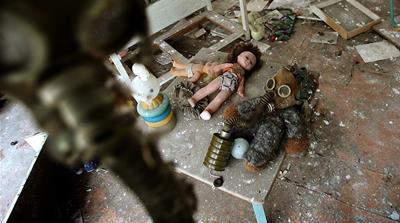
As far as the nuclear industry is concerned, liability is usually chanelled towards operators of power plants while suppliers remain shielded. This practice began in the 1950s in the US, where in order to encourage private sector participation in the nuclear industry, operators are held almost wholly liable. Many other countries followed suit, with the US also influencing the shaping of the international Convention on Supplementary Compensation for Nuclear Damage (CSC). Even when operators are held liable, the economic liability is capped at a small figure at a fraction of actual costs.
“This cap varies by country, but is usually set below $1 billion — a number that is almost a hundred times smaller than the financial impact of a severe nuclear accident like Fukushima” the physicists MV Ramana and Suvrat Raju wrote in the New York Times.
India’s liability laws too fall in line with the global trend, barring Section 17 b of the CLND Act, 2010, which allows the operator the right of recourse in case the accident is found to be “the consequence of an act of supplier”, which includes the supply of defective or sub-standard equipment or material.
The operator of nuclear installations in India is the government-run NPCIL. Suppliers – which may not necessarily be foreign companies – provide manufacturing, supplies, building and design services
According to insurance companies, the reason for including such a clause is because of “bad experiences” in the aftermath of the Bhopal gas tragedy.
Liability beyond 15 billion rupees ($182.9m)

An updated version of FAQs on the nuclear liability act released by the Department of Atomic Energy in 2020 continues to stress the operator as the primary bearer of liability up to 15 billion rupees ($182.9m). In case compensation claims exceed this limit, the government is expected to step in.
“In case liability exceeds 15 billion ($182.9m), the government will have to pay the rest. The government owns and operates the country’s nuclear power plants for the people and is therefore responsible to them,” said Prabir Purkayastha of the Delhi Science Forum, who was an expert witness for the Parliamentary Standing Committee for the Nuclear Safety Regulatory Authority Bill, 2011.
The Indian government has also limited the maximum liability, including its own, in the event of a nuclear incident, to the rupee equivalent of 300 million Special Drawing Rights (SDRs) or over 33 billion rupees ($374m).
SDRs are a global reserve asset created by the International Monetary Fund. The SDR is based on a basket of five major currencies, and holders – including IMF member countries, among others – can exchange SDRs for currency when needed.
If liability exceeds 300 million SDRs in the event of a nuclear mishap, the government expects to meet balance claims by “access(ing) international funds under the CSC.” India joined the Convention on Supplementary Compensation for Nuclear Damage (CSC) in 2016.
But how claims would play out at the CSC is unclear.
More recently, India’s Supreme Court in a decision that dismissed the federal government’s effort to seek additional compensation from Union Carbide in the Bhopal gas disaster said that it was India’s “responsibility” to “make good the deficiency [in compensation] and to take out the relevant insurance policy. Surprisingly we are informed that no such insurance policy was taken out. This is gross negligence.”
According to Jayasimha, the wording of the Supreme Court judgement is significant for the nuclear industry and all hazardous waste industries. “The court has indicated that there is a duty on the part of the state to ensure people are adequately insured.”
For now, it’s unclear if the judgement will be used to push for better insurance provisions.
Questions to NPCIL, the Department of Atomic Energy, New India Assurance and GIC Re about the failure of the INIP to accumulate the corpus of 15 billion rupees ($182.9m) and how the government plans to insure forthcoming nuclear reactors did not receive a response.
Managing director of the Nuclear Business Platform, Zaf Coelho, said via email: “In case of any nuclear disaster, the claim amount exceeding the accumulated corpus will be shared by the INIP consortium partners on a pro-rata basis based on their committed share in the pool.”


